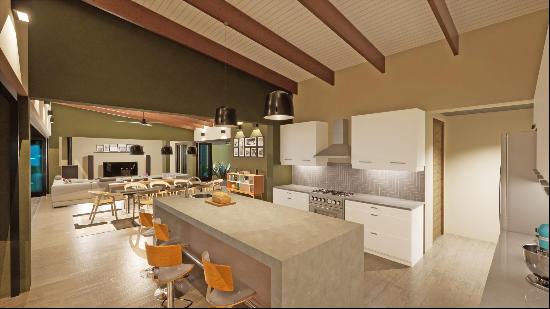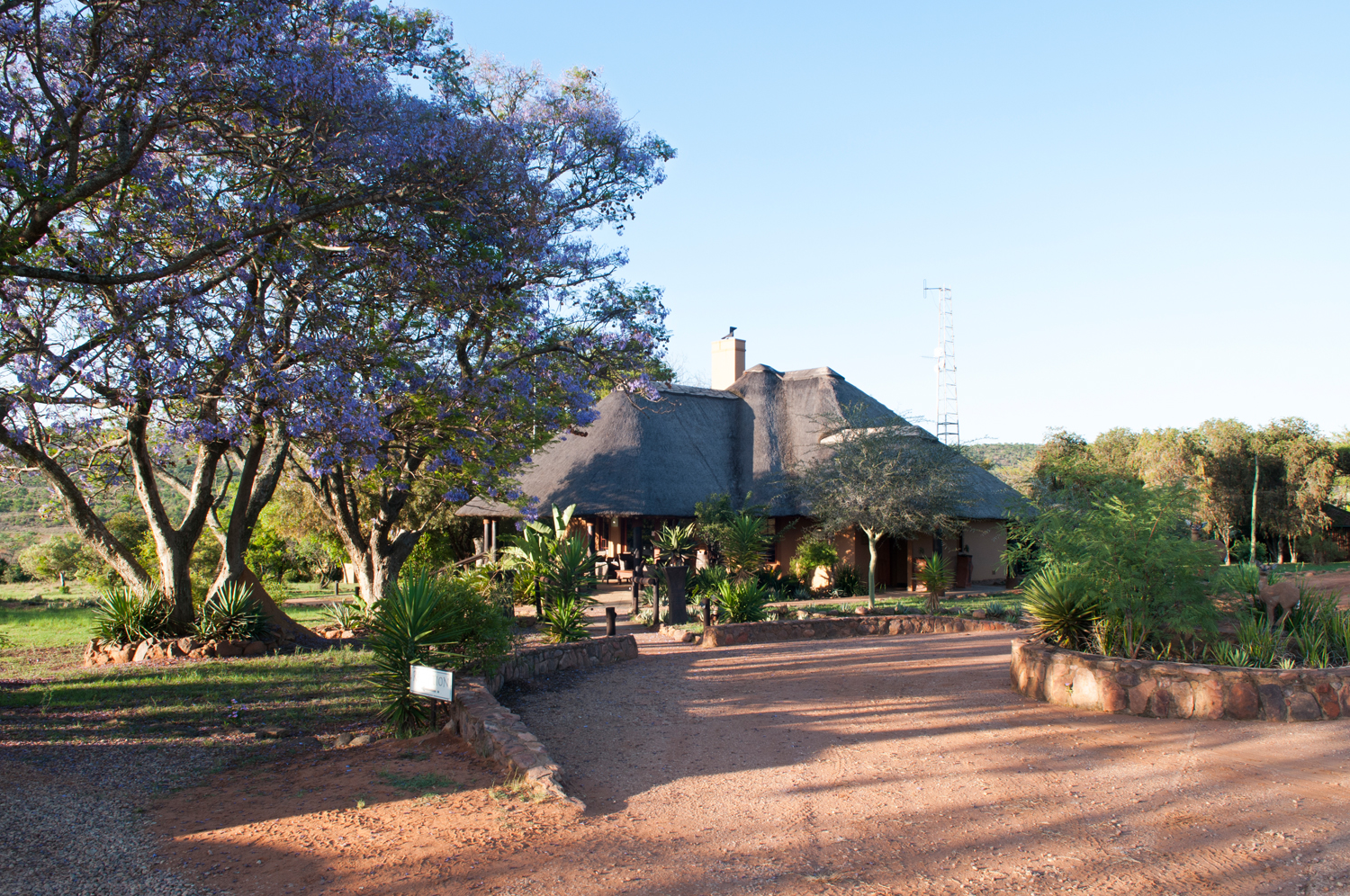
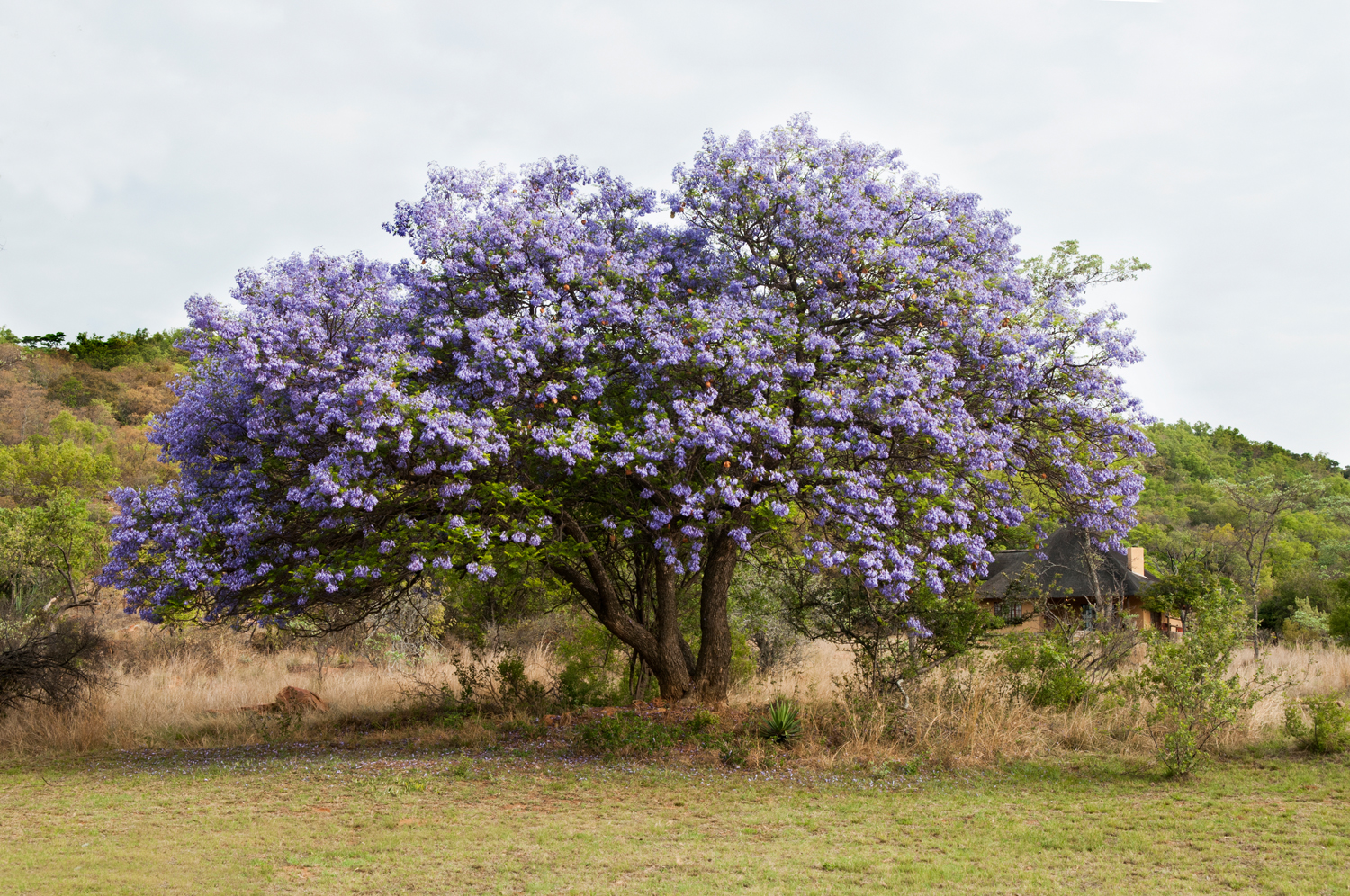
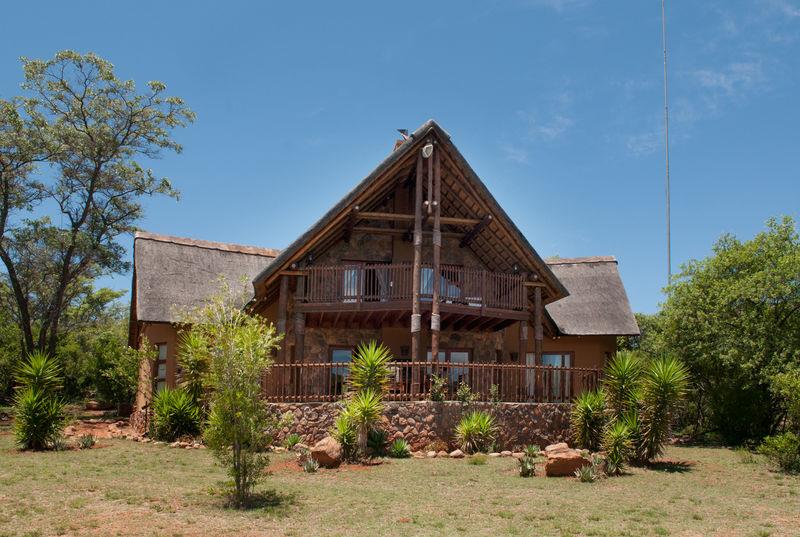
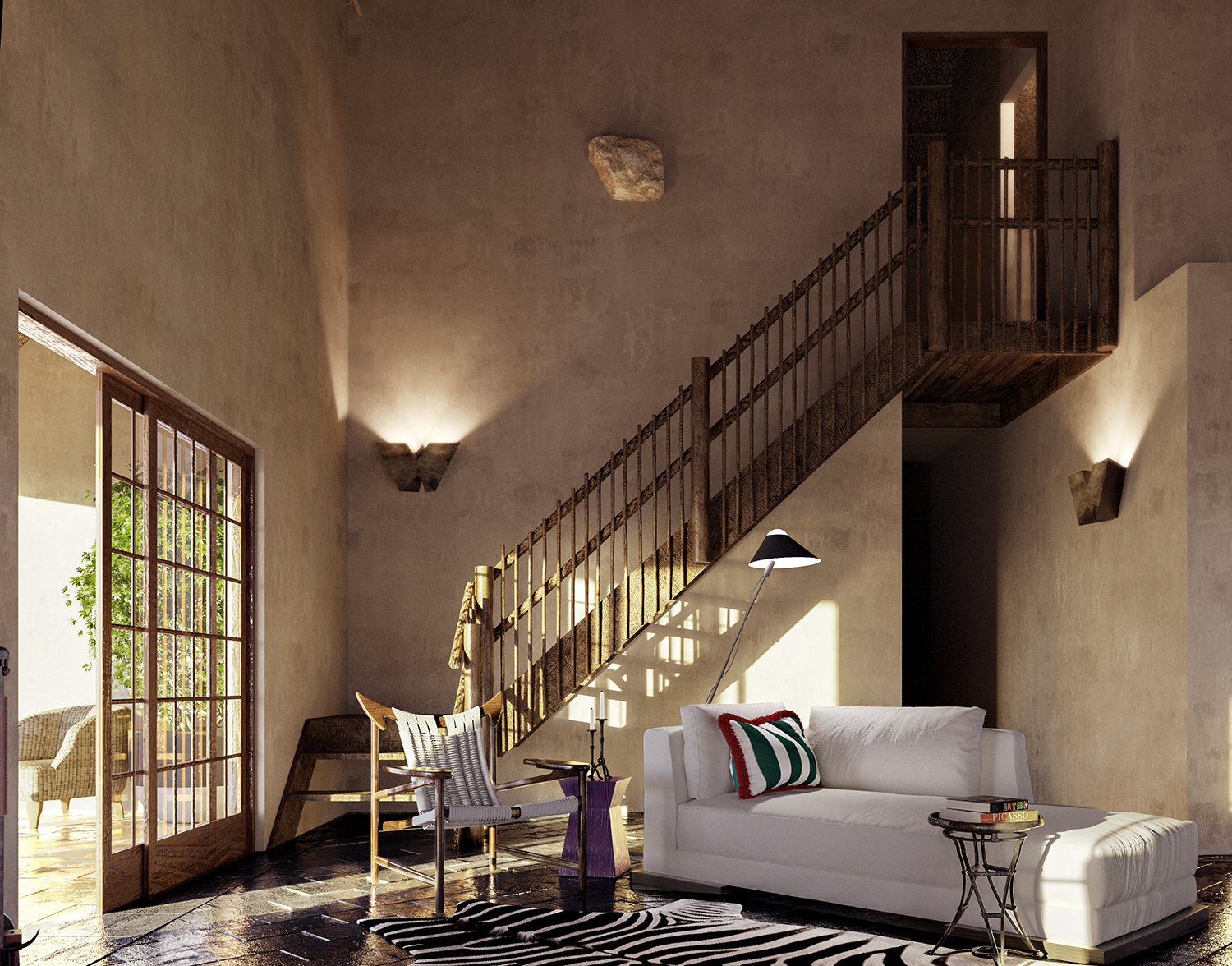

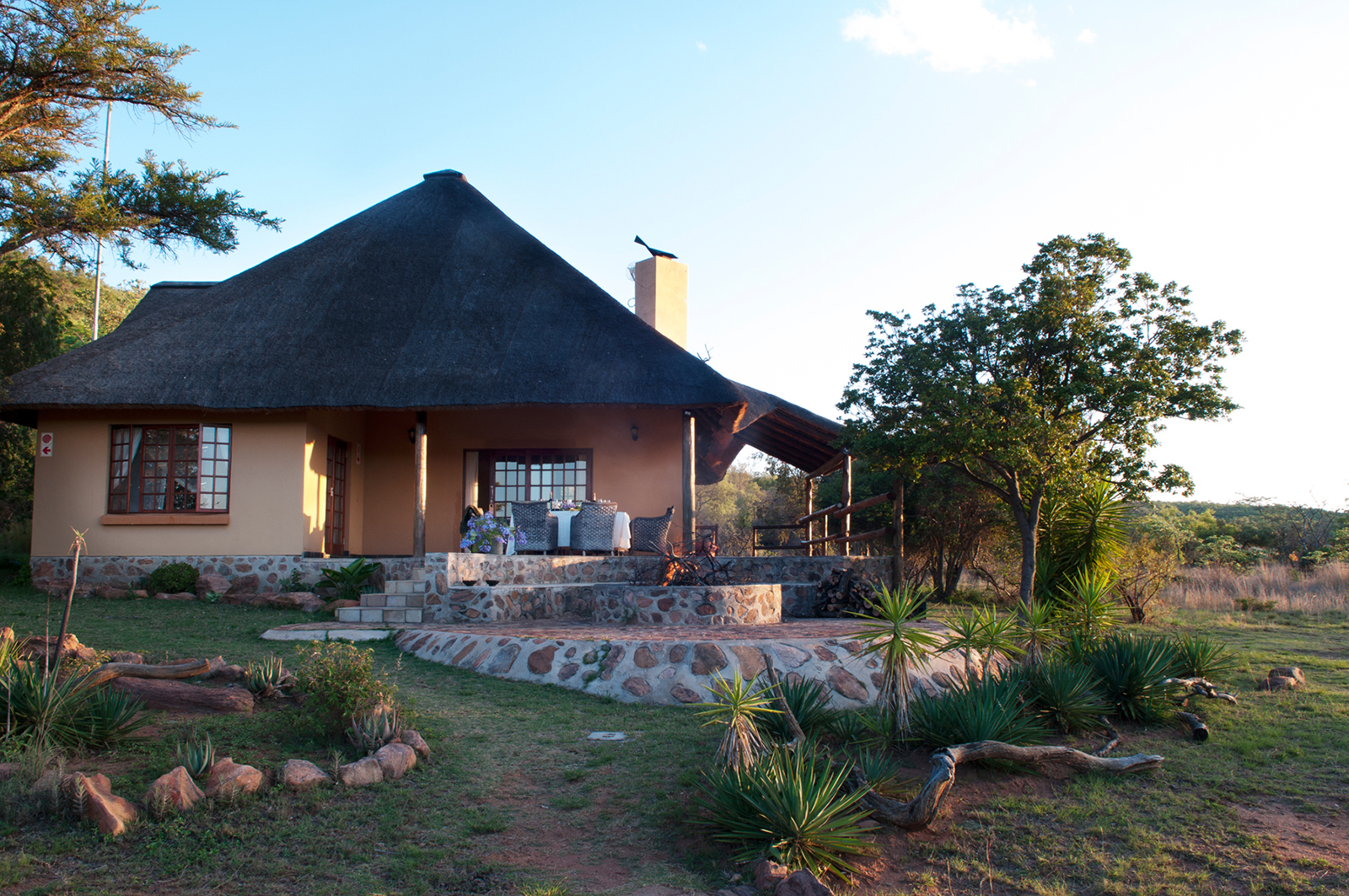
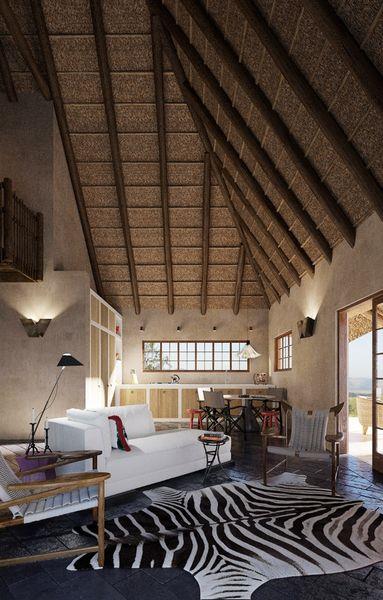
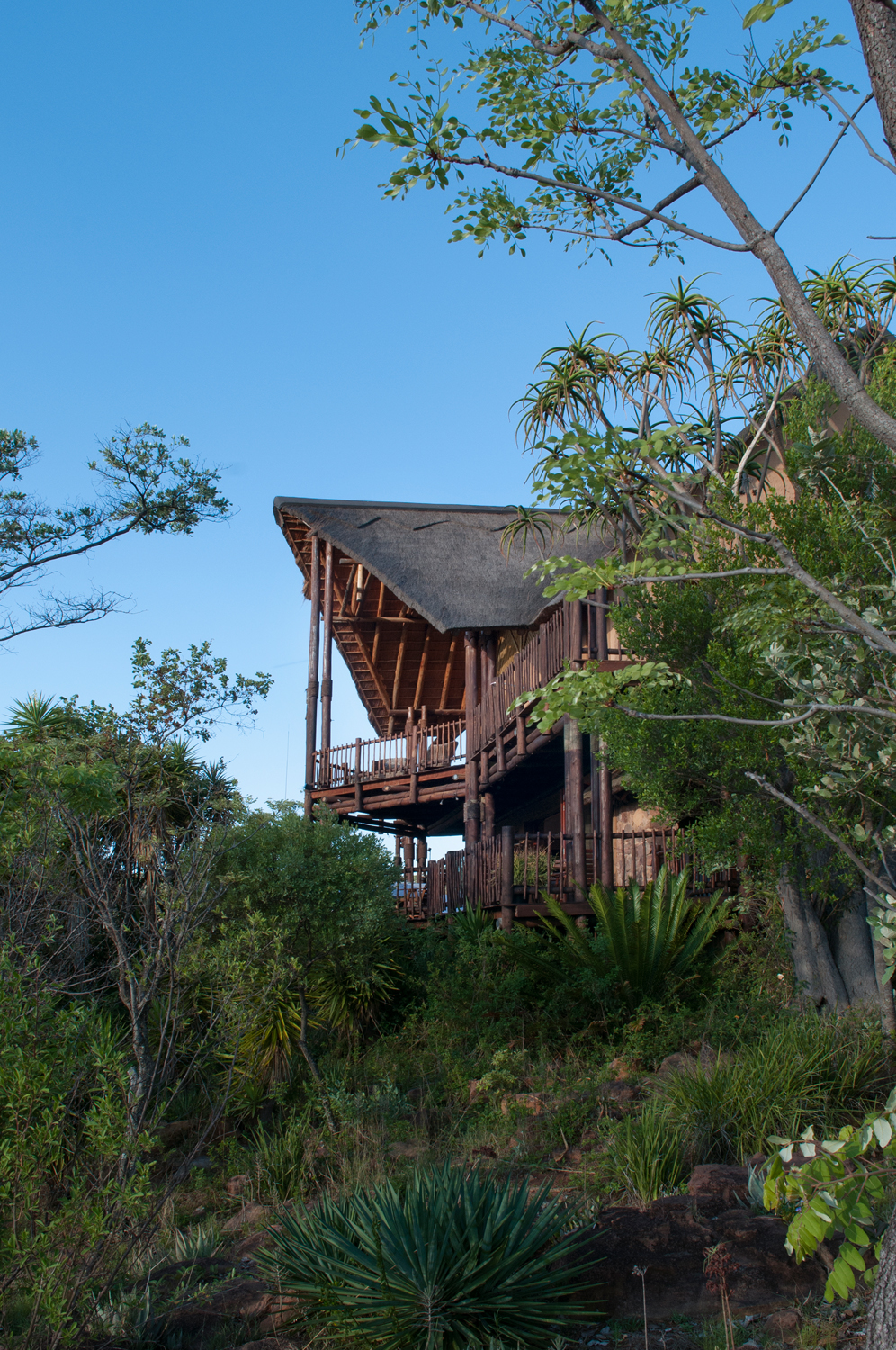


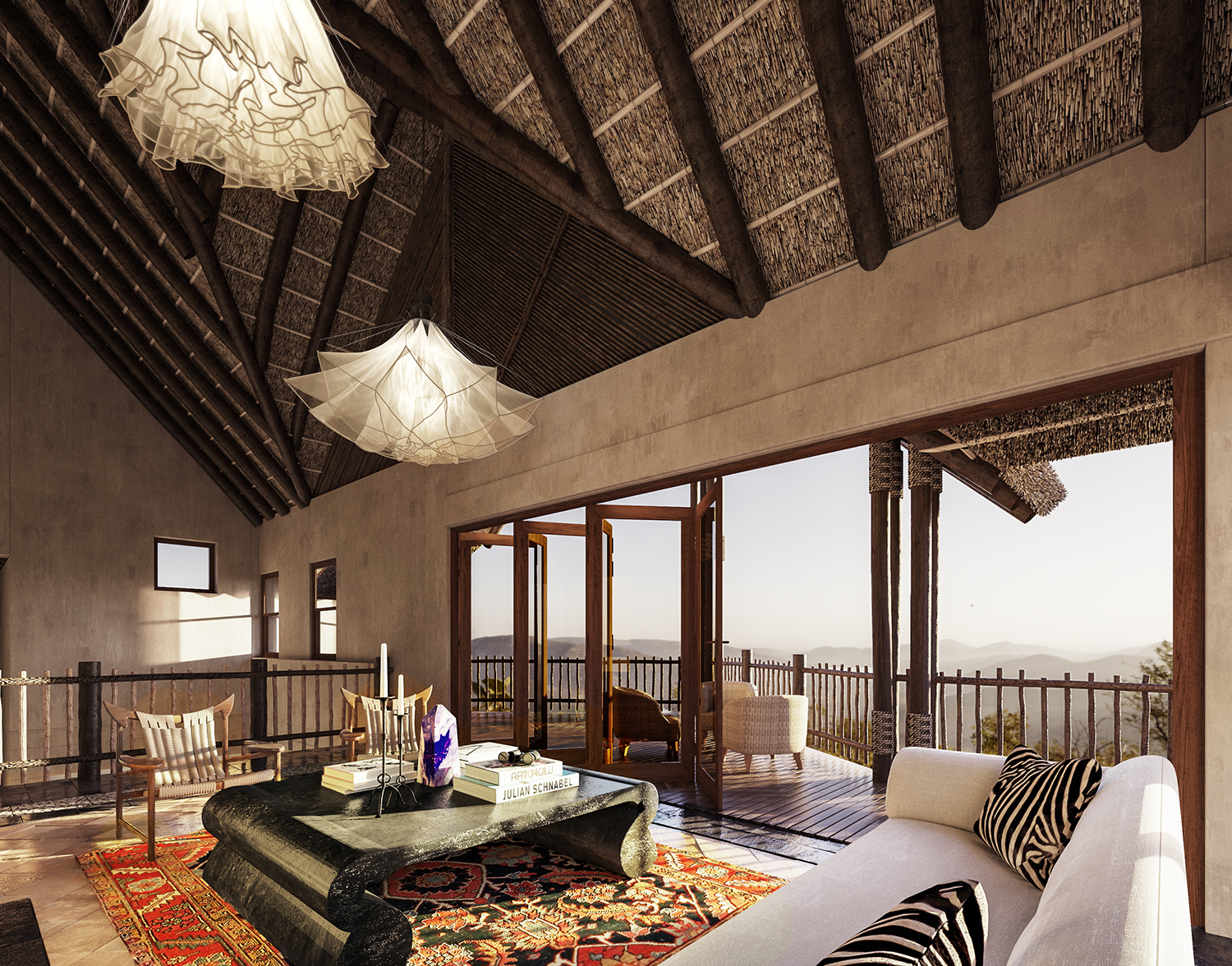
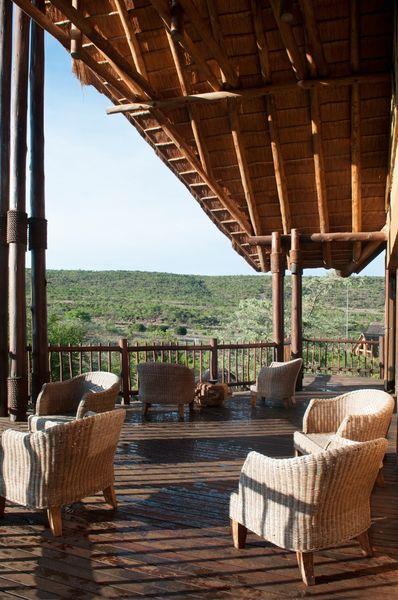
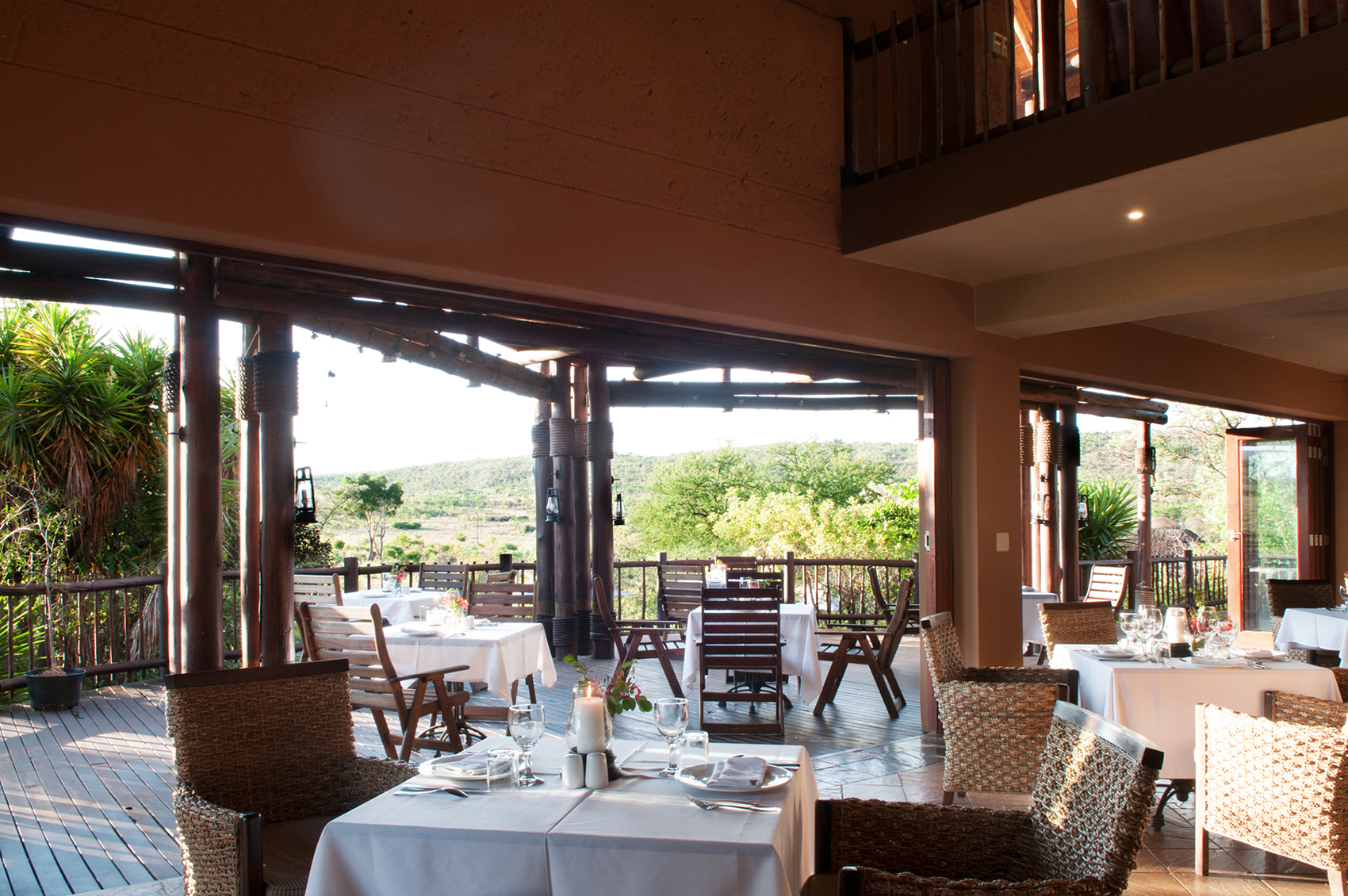


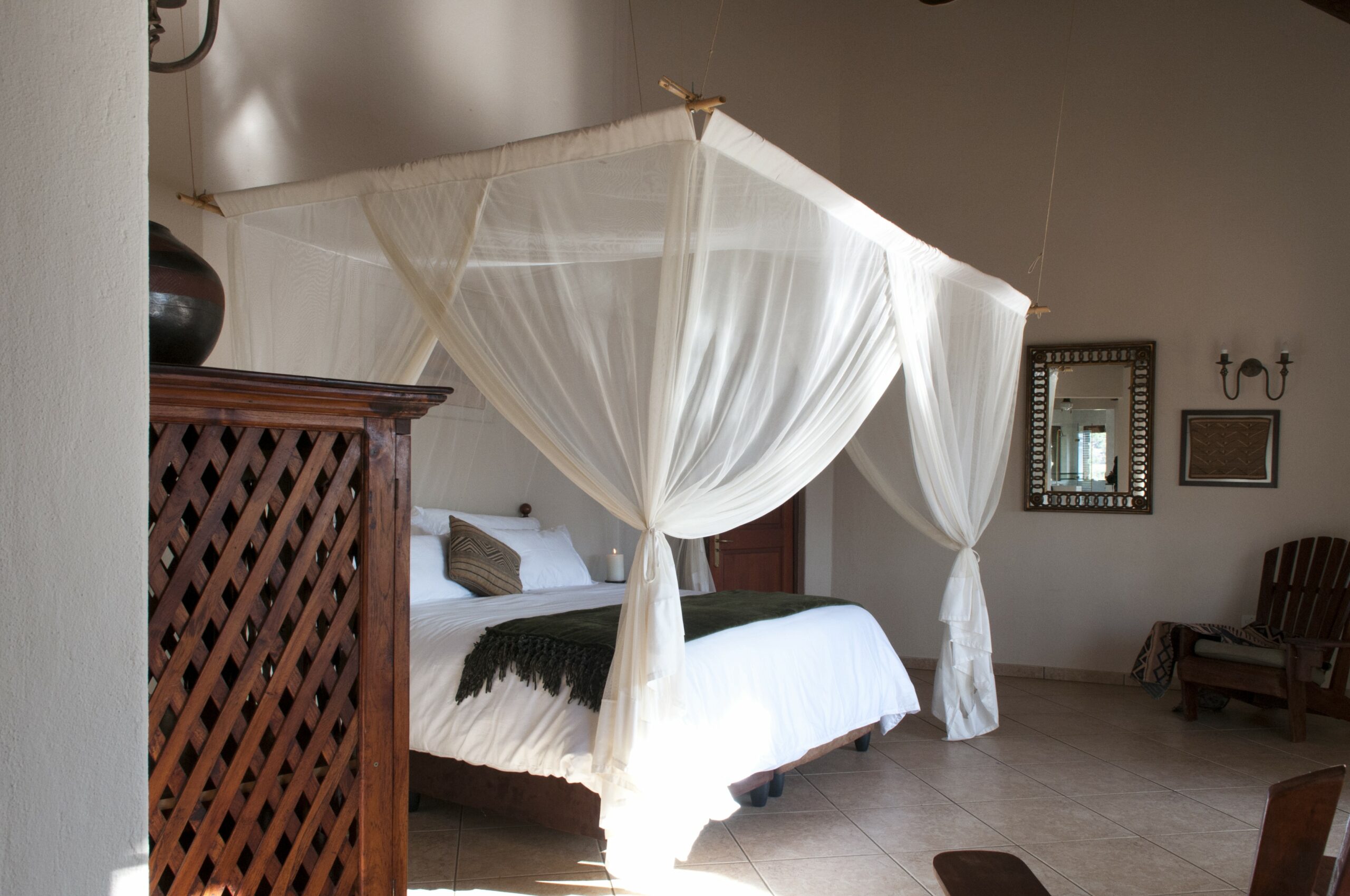
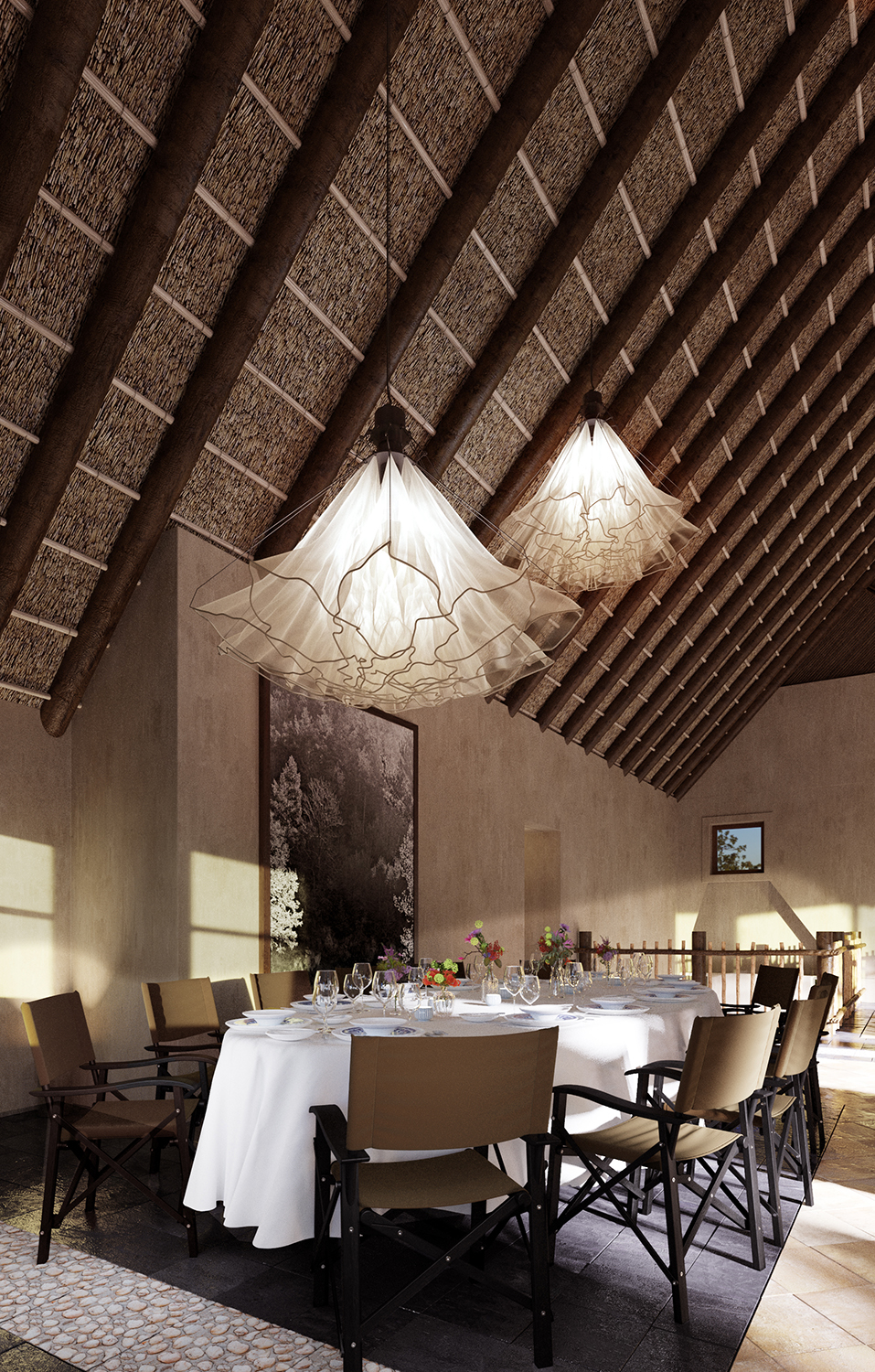

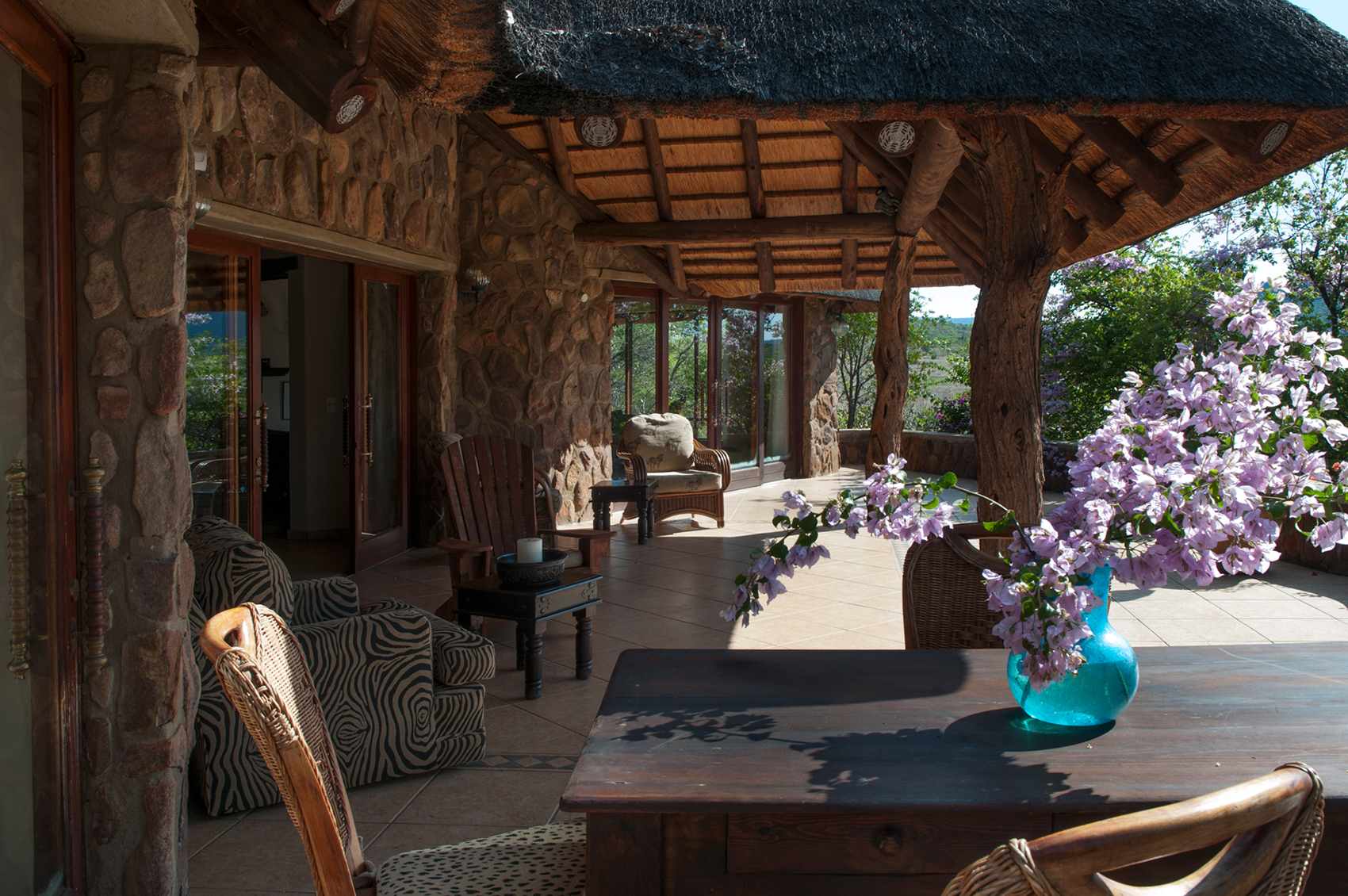

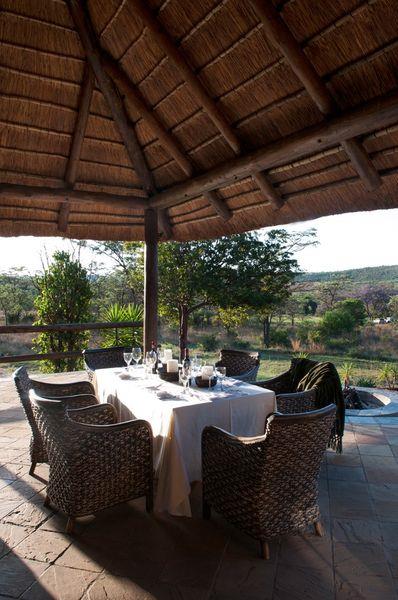

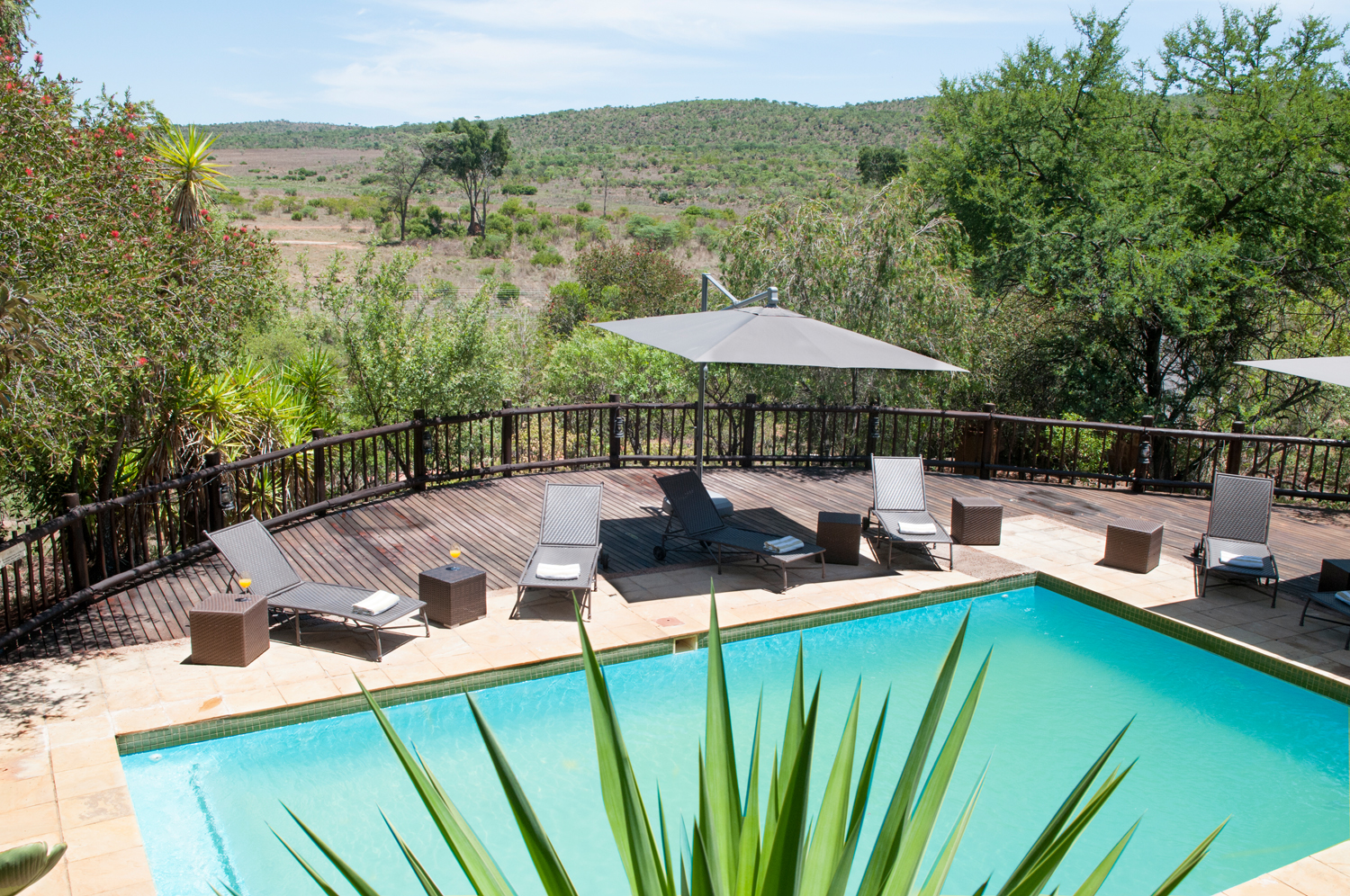
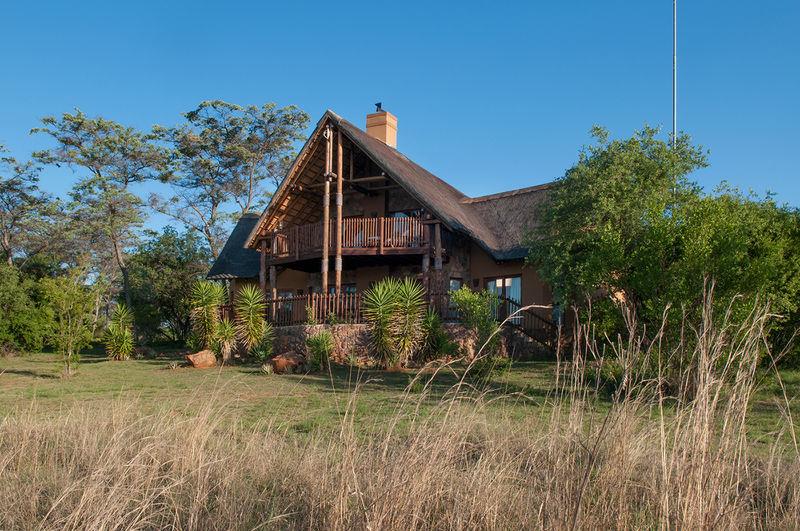
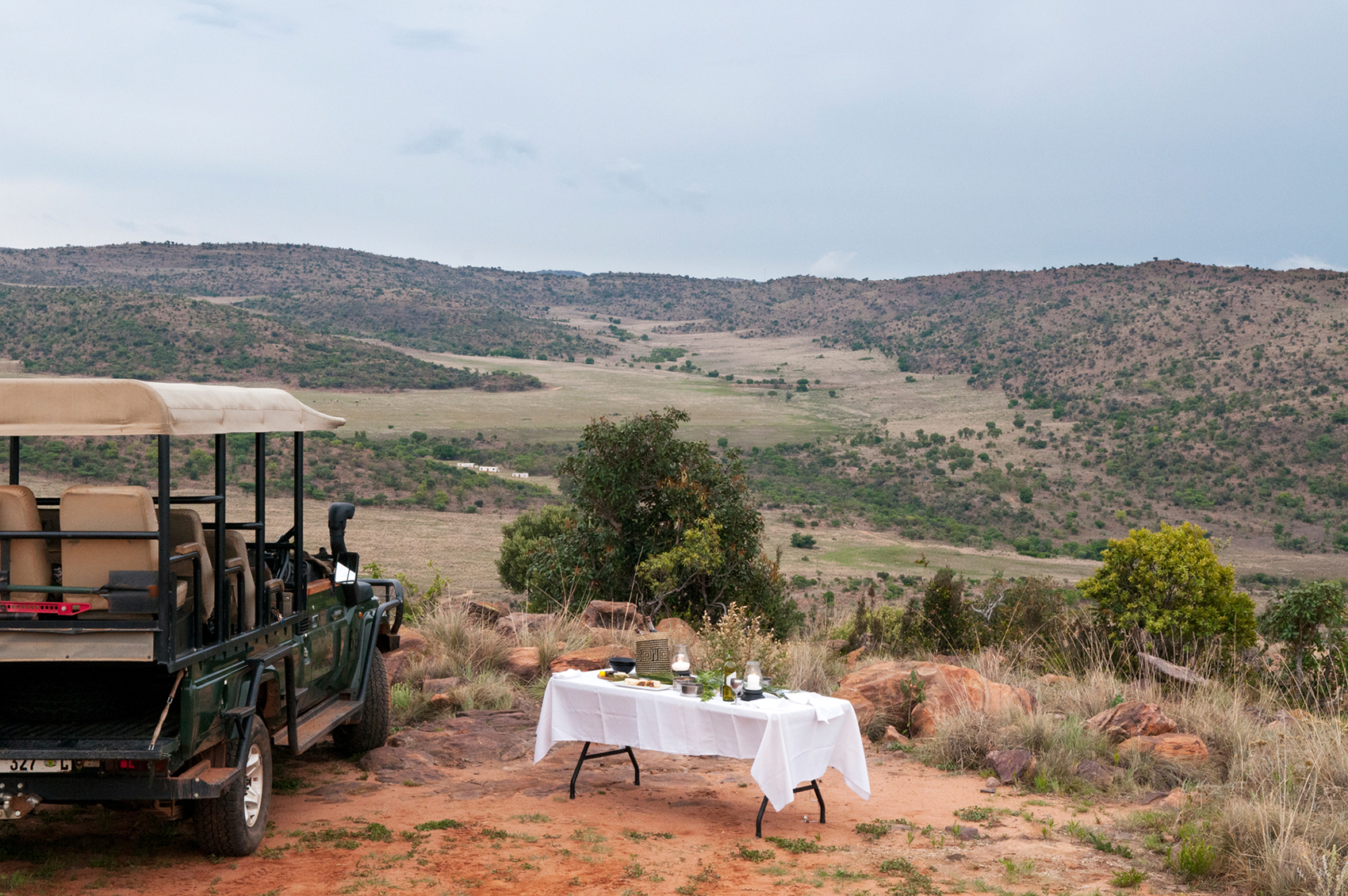

- For Sale
- Euro3,850,000
- Bedroom: 24
Waterberg Private Wildlife Reserve - Private Wildlife Reserve with share in Welgevonden Game Reserve
Quote of Mr. S.M. Mataboge, executive mayor of Waterberg District Municipality: “The Waterberg District in the Limpopo province is an undiscovered treasure in South Africa, it is a land of intense beauty and colour, reflected in the environment and its people. Over three million years of history have created a unique area which challenges the adventurer and the investor.”
The Waterberg District is situated in the South African province of Limpopo, just a three-hour drive from Johannesburg. The district is renowned for its unique landscapes and abundant wildlife, offering a captivating environment shaped by millions of years of history.
The geography of the area has been shaped by tectonic plate movements and many years of river erosion. The distinctive reddish rocks of Waterberg are rich in iron oxides, contributing to the earth’s colour. Notably, archaeological findings from the Stone Age and significant discoveries related to human origins have been made in the Waterberg District.
The Waterberg District derives its name from the water sources beneath the surface, including cold and hot springs, rivers, streams, and swamps. The district’s soil has an excellent water absorption capacity compared to other areas in South Africa, thanks to the frequent rainfall. Additionally, the sandstone allows water to penetrate, forming substantial underground water reservoirs.
Waterberg Private Wildlife Reserve is a 2,500-hectare wildlife reserve in the heart of the Waterberg District. The land that now comprises Waterberg Private Wildlife Reserve was previously utilized as a farm surrounded by neighbouring farms along the Bakkers Pas, the entrance road to the gates of the reserve. These adjacent farms were used for citrus, avocado, nut farming, and cattle ranching. In the early 1900s, the land belonged to a farmer named Uncle Piet. The current owners, a family of Dutch origin, acquired Waterberg Private Wildlife Reserve in 2003 and put all their passion into the project. The head of the family, a passionate wildlife enthusiast, passed away last year.
Waterberg Private Wildlife Reserve operates as a successful business, currently named Kololo, providing a framework with existing infrastructure, facilities, and operational systems. It benefits from an established customer base and a proven track record, ensuring immediate revenue generation based on the past two years’ post-Corona financial performance.
The on-site staff, including management and frontline personnel, are trained, and experienced in running the wildlife reserve. The business has already established relationships with suppliers, partners, and local communities, streamlining procurement processes and facilitating a smooth transition for the new owner.
The original farm covers 1,000 hectares, this part of the reserve is where the lodge is situated. Uncle Piet’s house still stands at the heart of the lodge, surrounded by beautiful blue flowering Jacaranda trees. As one enters through the gates, one is welcomed by running giraffes, zebras, and wildebeest, signifying the transformation of the farm into a game reserve.
The lodge encompasses 20 properties, including guest houses and service quarters, spanning 1,000 hectares. This part of the reserve is fully fenced, providing a unique level of safety while allowing free movement around the houses.
Within this section of the reserve, a diverse array of less dangerous wildlife can be found, including zebras, giraffes, and various antelope species. This part of the reserve also features grasslands, rocky hills, and lush riverine forests. In addition to its natural beauty, Waterberg Private Wildlife Reserve plays a vital role in conservation efforts, dedicated to protecting its unique ecosystem and the animals that inhabit it.
The reserve’s compartmental division into two mayor parts facilitates both the safety and comfort around the guest houses within the fenced area, stretching 1,000 hectares, as well as the untamed African nature with wild animals in the neighbouring Big Five game reserve Welgevonden, in which Waterberg owns a share of 1,500 hectares.
The properties in Waterberg blend harmoniously with the environment, utilizing materials such as stone, wood, and thatch. The facades complement the surrounding stones, and wood is used for frames, windows, doors, and roofs. Some buildings feature the symbolic “Iguana Elbow” design, a design adopted from Zulu architecture. It is a symbol of good luck and wanders over the thatched roof, sitting quietly and silently bestowing its benevolence on all who sleep under the roof. All properties at Waterberg are different in size and character.
A reception building of 170 M2 with fireplace, check-in desk and offices stands as a welcome to arriving visitors. The reception building has a beautiful veranda overlooking the reserve and an impressive array of Jacaranda trees.
Uncle Piet’s house is the oldest house, originally the farmhouse. The house has two bedrooms and an open plan kitchen and a large back-garden with braai area. It covers 80 M2 and has a spacious porch of 36 M2 overlooking Welgevonden, from which the sunset can be experienced.
On the outskirts of Waterberg, a large family house was built in 2017, designed by the renowned architectural firm Art Tech. This 3-bedroom house named Elephant covers 240 M2 and emphasizes optimal appreciation of the natural surroundings thanks to 60 M2 of outside living space.
Lion’s Den, another house designed by Art Tech in 2017, is a detached 3-bedroom house with a floor area of 134 M2, situated on a hill, offering captivating perspectives of the surroundings due to varying elevations. It includes a spacious private braai area for outdoor entertainment, as well as an indoor fireplace.
Adjacent to this house is a large 3-bedroom villa, Kings, with a private pool, inside- and outside fireplaces, a two-storey garage, and unbeatable views of the surrounding mountain trails. It covers 250 M2 inside floor area, including a large living- and dining room, as well as 245 M2 of tiled open areas.
Additionally, there are six single-bedroom cottages, and two double-bedroom cottages which have been renovated and adapted to meet modern standards. The inside floor area of these cottages varies between 40 M2 and 55 M2. The four-person cottages feature a mezzanine with a double bed. All cottages have outdoor kitchens and garden braai areas.
Notably, a sizable house of 150 M2 serving as the manager’s residence is located a short distance from the lodge. The house boasts a large garden with private pool, and a section where vegetables and fruits are grown for use in the restaurant.
In 2005, the restaurant was constructed within the complex under the supervision of Bild architects from Pretoria. The floor area of the main building covers 400 M2. The ground-floor dining room and terrace, as well as the elevated terrace on the first floor, offer stunning views over Welgevonden. Experiencing the sunset on the upstairs terrace is quite an experience. Occasionally, elephants or rhinos can be spotted at the nearby watering hole from this vantage point.
Adjacent to the restaurant, a swimming pool and a large braai area are situated amidst vibrant tropical plants, creating a lush and visually captivating atmosphere. Across from the restaurant, a large and distinctive hall of 350 M2 with grand canopy overhead is available for an array of creative purposes and gatherings.
Uncle Piet’s barn, now housing the generator and laundry, still bear recognizable features such as rough brick stacking in the low gable and steel windows. Fresh drinking water comes in from nearby wells to provide the houses. The possibility of laying out a large solar park was recently successfully examined, which would make Waterberg Private Wildlife Reserve self-supporting even further.
In addition, there are 15 carports located adjacent to the toolshop nearby (400 M2), the toolshop is made of plastered brick and steel roofs. This is also where the diesel tanks for the vehicles are located. It has a spacious yard of 950 M2 for parking and for the stalling of equipment.
The staff quarters, designed in 2015 by Pretoria-based architecture firm Crafford and Crafford, are located close to Waterberg’s South Gate. This neat group of structures with a face-brick structure and wooden doors is referred to as Staff Village. It totals 600 M2, including kitchens, bathing facilities and carports. The staff quarters are equipped with electricity, solar geysers, and an electric fence for security.
Ownership of three plots in Welgevonden Game Resere, one of South Africa’s most important professionally managed private parks, grants access to the park for up to 30 guests and three vehicles at the same time, through the South Gate on the western border Welgevonden. Welgevonden has an ownership structure which divides the 37,0000 hectares into sub-divisions, but with no inner fences. This means all owners have traverse rights over the full reserve allowing hours of endless game watching.
Welgevonden Game Reserve does not depend directly on tourism revenue for its financial security. Its upkeep and security is financed by a yearly financial contribution of owners, as well as donations and private funds. This means that the reserve’s strategic planning is not susceptible to the market conditions of ecotourism. This enables Welgevonden to adopt a long-term approach to preserving the ecological integrity of the reserve in the future and guaranteeing that our tourism offering maintains its vitality and competitiveness well into the years ahead.
Welgevonden offers the real African safari experience and allows the opportunity to encounter elephants, lions, rhinos, hippos, and giraffes, as well as over 300 bird species. Welgevonden is recognized as a “World Biosphere Reserve” by UNESCO, highlighting the balance between human activities and nature preservation. The landscapes within Welgevonden provide one of the finest sceneries of South-Africa.
During Nelson Mandela’s state visit to the Netherlands in 1999, he urged philanthropist and wildlife enthusiast Paul Fentener van Vlissingen to contribute to nature conservation in South Africa. This conversation led to the establishment of the Welgevonden Game Reserve. Van Vlissingen and other landowners collaborated to establish the reserve by acquiring old farms, removing cattle, and constructing houses that harmonized with the landscape. Welgevonden became a sanctuary of 37,000 hectares for wildlife, including the Big Five, offering awe-inspiring views of the African wilderness.
Quote of Mr. S.M. Mataboge, executive mayor of Waterberg District Municipality: “The Waterberg District in the Limpopo province is an undiscovered treasure in South Africa, it is a land of intense beauty and colour, reflected in the environment and its people. Over three million years of history have created a unique area which challenges the adventurer and the investor.”
The Waterberg District is situated in the South African province of Limpopo, just a three-hour drive from Johannesburg. The district is renowned for its unique landscapes and abundant wildlife, offering a captivating environment shaped by millions of years of history.
The geography of the area has been shaped by tectonic plate movements and many years of river erosion. The distinctive reddish rocks of Waterberg are rich in iron oxides, contributing to the earth’s colour. Notably, archaeological findings from the Stone Age and significant discoveries related to human origins have been made in the Waterberg District.
The Waterberg District derives its name from the water sources beneath the surface, including cold and hot springs, rivers, streams, and swamps. The district’s soil has an excellent water absorption capacity compared to other areas in South Africa, thanks to the frequent rainfall. Additionally, the sandstone allows water to penetrate, forming substantial underground water reservoirs.
Waterberg Private Wildlife Reserve is a 2,500-hectare wildlife reserve in the heart of the Waterberg District. The land that now comprises Waterberg Private Wildlife Reserve was previously utilized as a farm surrounded by neighbouring farms along the Bakkers Pas, the entrance road to the gates of the reserve. These adjacent farms were used for citrus, avocado, nut farming, and cattle ranching. In the early 1900s, the land belonged to a farmer named Uncle Piet. The current owners, a family of Dutch origin, acquired Waterberg Private Wildlife Reserve in 2003 and put all their passion into the project. The head of the family, a passionate wildlife enthusiast, passed away last year.
Waterberg Private Wildlife Reserve operates as a successful business, currently named Kololo, providing a framework with existing infrastructure, facilities, and operational systems. It benefits from an established customer base and a proven track record, ensuring immediate revenue generation based on the past two years’ post-Corona financial performance.
The on-site staff, including management and frontline personnel, are trained, and experienced in running the wildlife reserve. The business has already established relationships with suppliers, partners, and local communities, streamlining procurement processes and facilitating a smooth transition for the new owner.
The original farm covers 1,000 hectares, this part of the reserve is where the lodge is situated. Uncle Piet’s house still stands at the heart of the lodge, surrounded by beautiful blue flowering Jacaranda trees. As one enters through the gates, one is welcomed by running giraffes, zebras, and wildebeest, signifying the transformation of the farm into a game reserve.
The lodge encompasses 20 properties, including guest houses and service quarters, spanning 1,000 hectares. This part of the reserve is fully fenced, providing a unique level of safety while allowing free movement around the houses.
Within this section of the reserve, a diverse array of less dangerous wildlife can be found, including zebras, giraffes, and various antelope species. This part of the reserve also features grasslands, rocky hills, and lush riverine forests. In addition to its natural beauty, Waterberg Private Wildlife Reserve plays a vital role in conservation efforts, dedicated to protecting its unique ecosystem and the animals that inhabit it.
The reserve’s compartmental division into two mayor parts facilitates both the safety and comfort around the guest houses within the fenced area, stretching 1,000 hectares, as well as the untamed African nature with wild animals in the neighbouring Big Five game reserve Welgevonden, in which Waterberg owns a share of 1,500 hectares.
The properties in Waterberg blend harmoniously with the environment, utilizing materials such as stone, wood, and thatch. The facades complement the surrounding stones, and wood is used for frames, windows, doors, and roofs. Some buildings feature the symbolic “Iguana Elbow” design, a design adopted from Zulu architecture. It is a symbol of good luck and wanders over the thatched roof, sitting quietly and silently bestowing its benevolence on all who sleep under the roof. All properties at Waterberg are different in size and character.
A reception building of 170 M2 with fireplace, check-in desk and offices stands as a welcome to arriving visitors. The reception building has a beautiful veranda overlooking the reserve and an impressive array of Jacaranda trees.
Uncle Piet’s house is the oldest house, originally the farmhouse. The house has two bedrooms and an open plan kitchen and a large back-garden with braai area. It covers 80 M2 and has a spacious porch of 36 M2 overlooking Welgevonden, from which the sunset can be experienced.
On the outskirts of Waterberg, a large family house was built in 2017, designed by the renowned architectural firm Art Tech. This 3-bedroom house named Elephant covers 240 M2 and emphasizes optimal appreciation of the natural surroundings thanks to 60 M2 of outside living space.
Lion’s Den, another house designed by Art Tech in 2017, is a detached 3-bedroom house with a floor area of 134 M2, situated on a hill, offering captivating perspectives of the surroundings due to varying elevations. It includes a spacious private braai area for outdoor entertainment, as well as an indoor fireplace.
Adjacent to this house is a large 3-bedroom villa, Kings, with a private pool, inside- and outside fireplaces, a two-storey garage, and unbeatable views of the surrounding mountain trails. It covers 250 M2 inside floor area, including a large living- and dining room, as well as 245 M2 of tiled open areas.
Additionally, there are six single-bedroom cottages, and two double-bedroom cottages which have been renovated and adapted to meet modern standards. The inside floor area of these cottages varies between 40 M2 and 55 M2. The four-person cottages feature a mezzanine with a double bed. All cottages have outdoor kitchens and garden braai areas.
Notably, a sizable house of 150 M2 serving as the manager’s residence is located a short distance from the lodge. The house boasts a large garden with private pool, and a section where vegetables and fruits are grown for use in the restaurant.
In 2005, the restaurant was constructed within the complex under the supervision of Bild architects from Pretoria. The floor area of the main building covers 400 M2. The ground-floor dining room and terrace, as well as the elevated terrace on the first floor, offer stunning views over Welgevonden. Experiencing the sunset on the upstairs terrace is quite an experience. Occasionally, elephants or rhinos can be spotted at the nearby watering hole from this vantage point.
Adjacent to the restaurant, a swimming pool and a large braai area are situated amidst vibrant tropical plants, creating a lush and visually captivating atmosphere. Across from the restaurant, a large and distinctive hall of 350 M2 with grand canopy overhead is available for an array of creative purposes and gatherings.
Uncle Piet’s barn, now housing the generator and laundry, still bear recognizable features such as rough brick stacking in the low gable and steel windows. Fresh drinking water comes in from nearby wells to provide the houses. The possibility of laying out a large solar park was recently successfully examined, which would make Waterberg Private Wildlife Reserve self-supporting even further.
In addition, there are 15 carports located adjacent to the toolshop nearby (400 M2), the toolshop is made of plastered brick and steel roofs. This is also where the diesel tanks for the vehicles are located. It has a spacious yard of 950 M2 for parking and for the stalling of equipment.
The staff quarters, designed in 2015 by Pretoria-based architecture firm Crafford and Crafford, are located close to Waterberg’s South Gate. This neat group of structures with a face-brick structure and wooden doors is referred to as Staff Village. It totals 600 M2, including kitchens, bathing facilities and carports. The staff quarters are equipped with electricity, solar geysers, and an electric fence for security.
Ownership of three plots in Welgevonden Game Resere, one of South Africa’s most important professionally managed private parks, grants access to the park for up to 30 guests and three vehicles at the same time, through the South Gate on the western border Welgevonden. Welgevonden has an ownership structure which divides the 37,0000 hectares into sub-divisions, but with no inner fences. This means all owners have traverse rights over the full reserve allowing hours of endless game watching.
Welgevonden Game Reserve does not depend directly on tourism revenue for its financial security. Its upkeep and security is financed by a yearly financial contribution of owners, as well as donations and private funds. This means that the reserve’s strategic planning is not susceptible to the market conditions of ecotourism. This enables Welgevonden to adopt a long-term approach to preserving the ecological integrity of the reserve in the future and guaranteeing that our tourism offering maintains its vitality and competitiveness well into the years ahead.
Welgevonden offers the real African safari experience and allows the opportunity to encounter elephants, lions, rhinos, hippos, and giraffes, as well as over 300 bird species. Welgevonden is recognized as a “World Biosphere Reserve” by UNESCO, highlighting the balance between human activities and nature preservation. The landscapes within Welgevonden provide one of the finest sceneries of South-Africa.
During Nelson Mandela’s state visit to the Netherlands in 1999, he urged philanthropist and wildlife enthusiast Paul Fentener van Vlissingen to contribute to nature conservation in South Africa. This conversation led to the establishment of the Welgevonden Game Reserve. Van Vlissingen and other landowners collaborated to establish the reserve by acquiring old farms, removing cattle, and constructing houses that harmonized with the landscape. Welgevonden became a sanctuary of 37,000 hectares for wildlife, including the Big Five, offering awe-inspiring views of the African wilderness.



